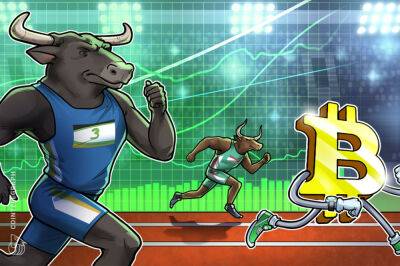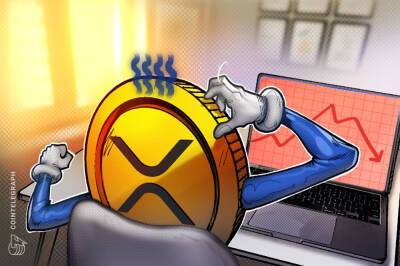Ethereum on-chain data hints at further downside for ETH price
Analyzing Ether's (ETH) current price chart paints a bearish picture, which is largely justified by the 11% drop over the past month, but other traditional finance assets faced more extreme price corrections in the same period. The Invesco China Technology ETF (CQQ) is down 31% and the Russell 2000 declined by 8%.
Currently, traders fear that losing the descending channel support at $2,850 could lead to a stronger price downturn, but this largely depends on how derivatives traders are positioned along with the Ethereum network's on-chain metrics.
According to Defi Llama, the Ethereum network's total value locked (TVL) flattened in the last 30 days at 27 million Ether. TVL measures the number of coins deposited on smart contracts, including decentralized finance (DeFi), nonfungible token (NFT) marketplaces, gaming and high-risk applications.
The Ethereum network's average transaction fee increased to $13 after bottoming at $11.50 on April 20 but one should analyze whether this reflects decreased use of decentralized applications (DApps) or merely if it is users benefiting from layer-2 scaling solutions.
Traders use Ether futures market data to understand how professional traders are positioned, but unlike the standard perpetual futures, the quarterly contracts are whales and market makers' preferred instruments because they can avoid the fluctuating funding rate.
The basis indicator measures the difference between longer-term futures contracts and the current spot market levels. In neutral markets, the Ether futures annualized premium should run between 5% to 12% to compensate traders for "locking in" the money until the contract expiry.
The current 2% Ether futures basis clearly shows the lack of demand for leverage buyers.
Read more on cointelegraph.com







![How SushiSwap [SUSHI] managed to pull a Terra before it was cool](https://finance-news.co/storage/thumbs_400/img/2022/5/23/26832_q1o.jpg)














